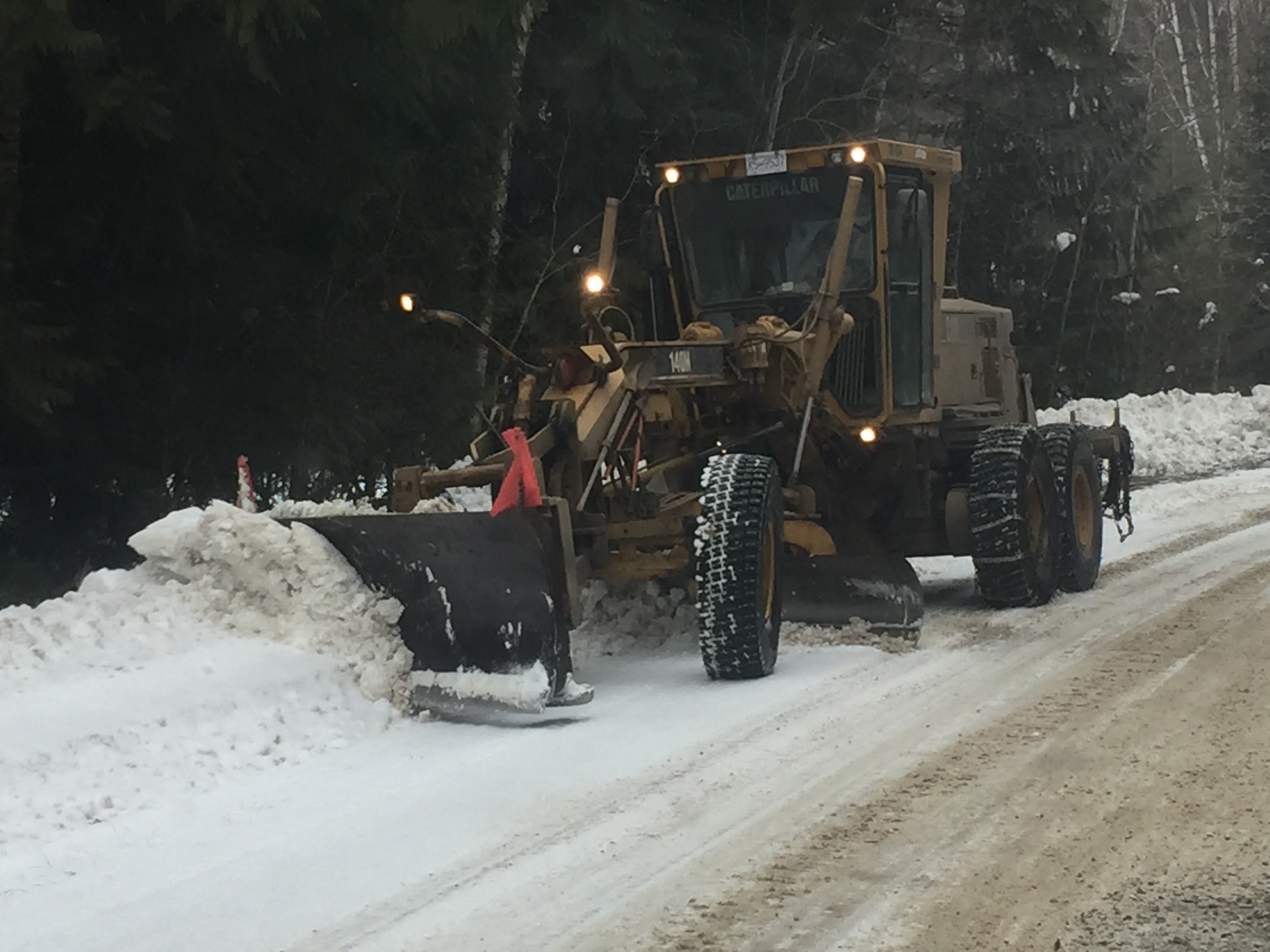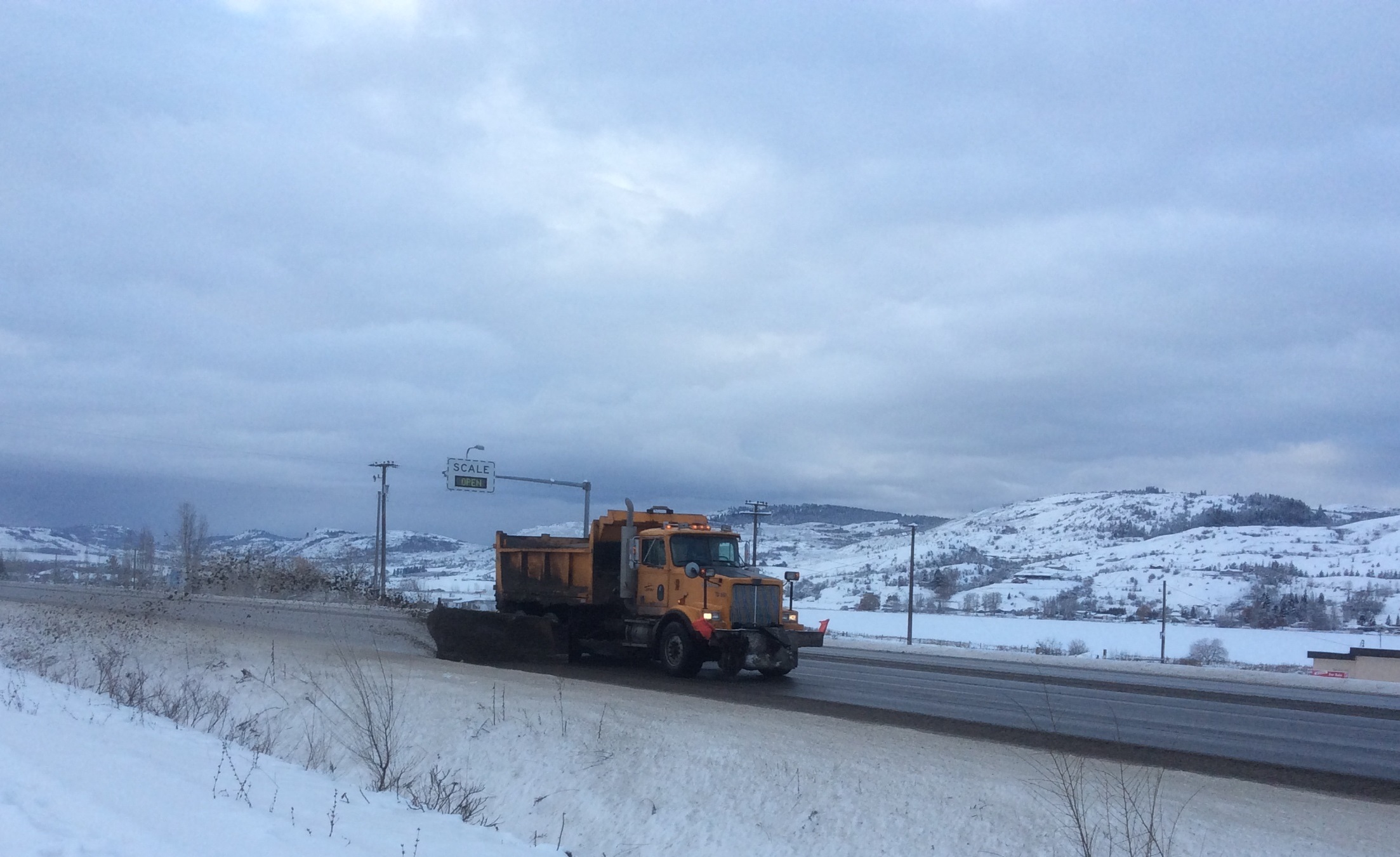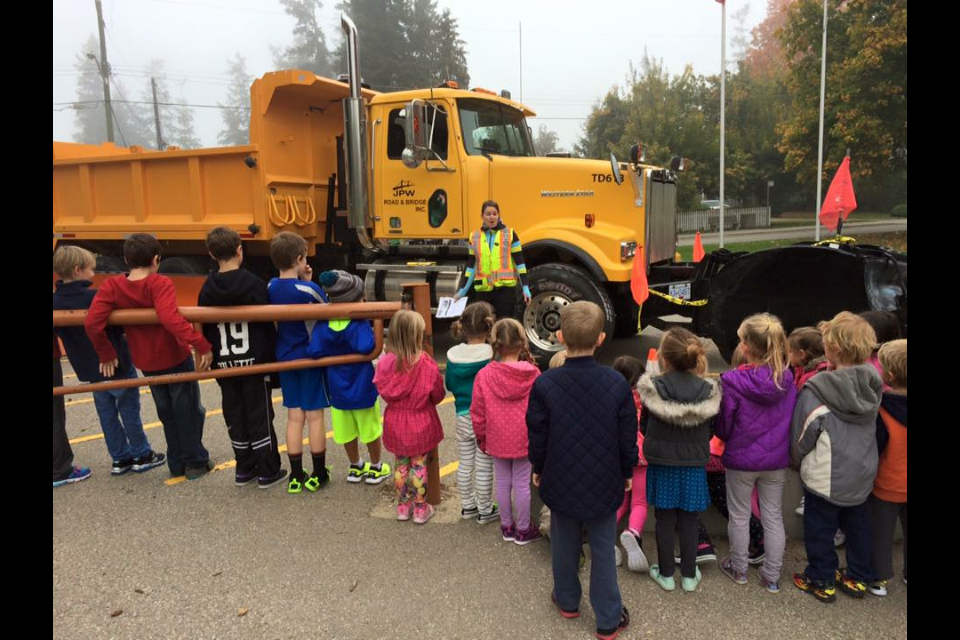 We take the safety of the travelling public very seriously and so do our maintenance contractors. Have you ever wondered what exactly we expect from them and how they meet our expectations? We spoke with Joe Wrobel, president of JPW Road and Bridge Ltd, to get the scoop on the many ways they work to keep you moving safely through the Sicamous and Salmon Arm area.
We take the safety of the travelling public very seriously and so do our maintenance contractors. Have you ever wondered what exactly we expect from them and how they meet our expectations? We spoke with Joe Wrobel, president of JPW Road and Bridge Ltd, to get the scoop on the many ways they work to keep you moving safely through the Sicamous and Salmon Arm area.
TranBC: Could you tell us – what does a day in the life of your team look like?
JPW Road and Bridge: Our team starts their day (or night) by reviewing weather forecasts and the work performed during the previous shift. Crews are dispatched to respond to weather and any work remaining from the previous shift.
If a weather event occurs, the radar for the area is constantly reviewed to track the storm and maximize the allocation of resources. Crews are in constant radio communication and team up when plowing the main highways. Observed and anticipated surface temperatures are considered and monitored when determining which material (sand or salt) to apply.
Work is performed in priority with the main highways first, then main collector roads, school bus routes and then the subdivision roads. Consideration is given to road grades as well.
TranBC: The ministry sets out winter maintenance specifications that guide the work that you do. Could you explain a little bit about how your team work around the clock to meet those specifications?
JPW Road and Bridge: Our service area is divided into eight areas with crews and resources stationed in each area to respond to local conditions. Over the winter we operate with both day and night shifts seven days per week.
We closely monitor weather and forecasts and storm alerts are texted to all supervisors and managers. Our goal is to keep all required equipment rolling 24/7 throughout an event or series of events.
When a storm event is in the forecast, we review our resources and dispatch operators and equipment to priority areas. During weather events crews will stay on shift until relieved by the next shift. Additional operators and hired equipment are called in to supplement the on duty staff as needed.
 TranBC: How does your team communicate road condition information to the travelling public (DriveBC) and what does that communication mean?
TranBC: How does your team communicate road condition information to the travelling public (DriveBC) and what does that communication mean?
JPW Road and Bridge: We poll our crews over the radio system at least three times a day and compile road condition reports for input onto Drive BC. Road condition reports are provided for long segments of the highways. These are not the average conditions but are generally the poorest conditions observed over the segments. This information is intended to warn travellers of the conditions that they could expect in their travels over these highway segments. If there is a highway closure for any reason, it is communicated as soon as our crews are alerted, with specifics provided to Drive BC including: the number of lanes closed, expected opening time, confidence and any available detours.
TranBC: Do you have any new approaches to road maintenance you would like to share?
JPW Road and Bridge: We’ve expanded our brine use of liquid chemical application in across our service area this winter with brine making equipment, storage and an application unit based out of Chase. This compliments the brine equipment and storage that we have been using out of our Armstrong yard. We have also added more wing plows and extendable under body plows for this winter which has increased our plowing capacity.

TranBC: What’s the number one thing you want the travelling public to know when they are travelling BC Highways?
JPW Road and Bridge: If we had to say only one thing it would be: “Please drive to the conditions. You and your family’s safety depend on it.” If we could add more it would be:
- Be prepared;
- Check Drive BC, especially the webcams;
- Have good winter tread tires;
- Assume the conditions are worse than what you observe;
- Focus on the task of driving;
- Slow down; and
- Allow highway maintenance operators and equipment the time and room they need to do their job.

Did You Know?
- JPW brings in additional mechanical staff to help during storms and have additional trucks available in reserve should they be needed.
- They also notify key stakeholders (i.e. school district bus operations) with storm alerts.
- Abrasive (sand) piles are strategically located to shorten return times and salt supply is closely monitored.
- JPW starts the winter season with full sheds and restocks as necessary.
- Staff are oriented and trained before winter; however most staff already have many years of experience in the area and doing this work.
- Bridge crews and hired equipment are dispatched to clear sidewalks, most of which are on bridges.
- Lastly, JPW equipment is serviced between events and readied for deployment.
Wow! That’s a lot of great information. Thanks to JPW Road and Bridge for sharing with us. Do you have any questions about this or anything else the BC Ministry of Transportation and Infrastructure does? Let us know in the comments below.
Join the discussion